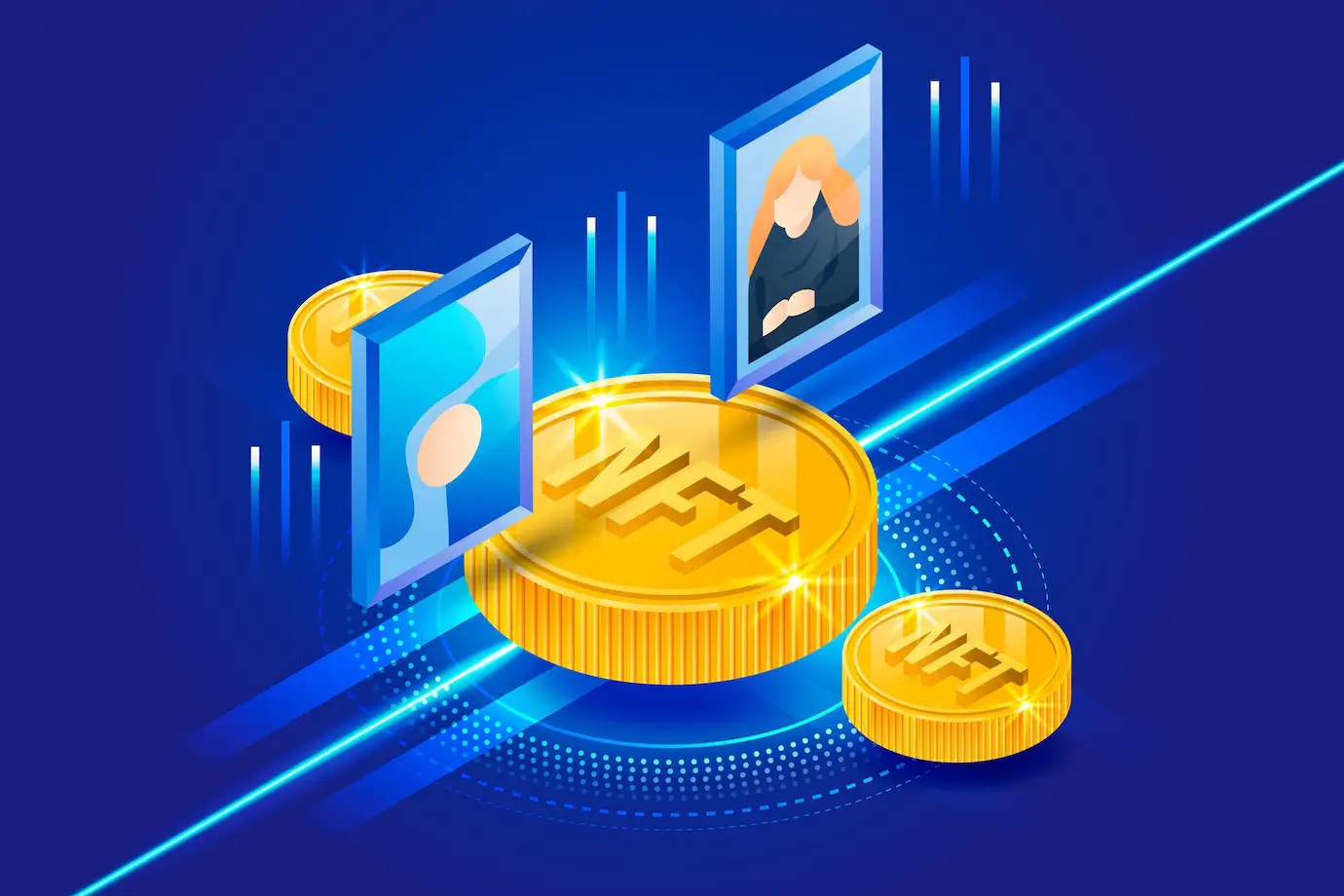(NFT) are digital assets that are not tradable. Each NFT is uniquesuch as a collectible baseball card or piece of jewelry. This makes them perfect for representing unique items in the digital world. For example, imagine you want to buy a house on the blockchain. You could use an NFT to represent the house, and then share ownership of the NFT with your co-owners.
This would be a much safer and more efficient way of exchanging property than using traditional methods such as contracts or title deeds. Non-fungible tokens can also be used for other purposes, such as representing digital rights or providing access to online services.
The advantages of NFTs and digital assets
NFTs, or non-fungible tokens, are a relatively new type of digital asset that have gained enormous popularity in recent years.
These tokens offer a number of key advantages over traditional financial instruments like stocks and bonds. On the one hand, NFTs they are much safer than these other assets. Existing entirely on the blockchain, they are highly resistant to hacking and theft. Furthermore, NFTs are easily transferred between individuals and can be used in a wide variety of contexts.
Finally, because NFTs can take many different forms—from collectibles to real estate—they allow investors to invest their money in a wide range of assets without having to worry about things like liquidity or geographic restrictions. Overall, it is clear that NFTs represent an exciting new investment opportunity that holds great promise for the future.
Use cases of NFTs and digital assets
NFTs, or non-fungible tokens, are digital assets that can take many different forms. They can represent everything from virtual collectibles to real-world assets like concert tickets or intellectual property.
One of the main advantages of NFTs over traditional digital assets is that each one is unique and can be easily verified. This makes them ideal for a wide range of use cases, from digital rights management to engaging with the physical world. Some examples of NFT use cases are as follows:
- NFT games: NFTs have become especially popular in the gaming community, where they are used to trade and collect virtual items in games like Cryptokitties y Crypto All Stars. Interestingly, since these assets are digital, collectors can also amass large collections without having to worry about space limitations or storage costs.
- Digital Property: By using NFTs as an asset register, companies can track the ownership histories of physical objects and record this information in a distributed ledger as blockchain. As a result, companies not only gain greater visibility into their internal supply chains and processes, but also have greater assurance that their data cannot be tampered with or copied without permission.
- Community involvement: For many brands and organizations, implementing an NFT program It allows consumers to participate in ways that were not possible before. For example, soccer fans can receive special access to exclusive events if they purchase a brand token; while artists can offer fans limited edition merchandise if they keep tokens representing their music for a certain period of time. Definitely, incorporating NFTs into existing business models offers brands valuable opportunities to improve customer loyalty and create new sources of income generation.
The future of NFTs
At the forefront of innovation in tecnología blockchain, non-fungible NFT tokens offer great potential for the future. These tokens represent unique digital assets that cannot be copied or duplicated, making them ideal for representing everything from rare collectibles to tradable commodities.
Today, many companies are exploring ways to take advantage of NFTs to create new business models and open new applications in various fields. Whether it's securing property rights or facilitating peer-to-peer transactions, NFTs are set to play a significant role in the way we live and do business online. With continued development and adoption, they could become the standard method of digital asset management for years to come.
NFTs are revolutionizing the way we interact with digital assets by allowing greater ownership and control over these assets. They offer a number of advantages, such as lack of trust, portability, divisibility, and programmability.
This makes them suitable for a variety of use cases, from collectibles to values. As the technology continues to develop, even more applications for NFTs and digital assets are likely to be found.



